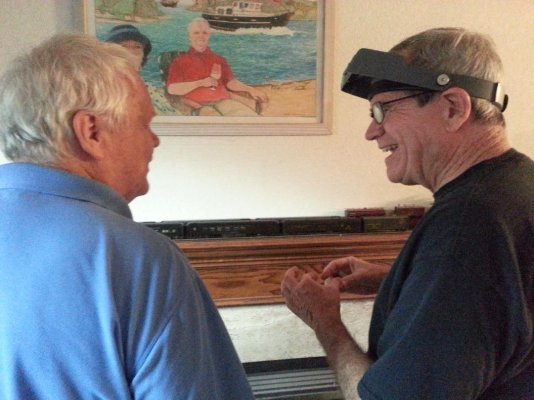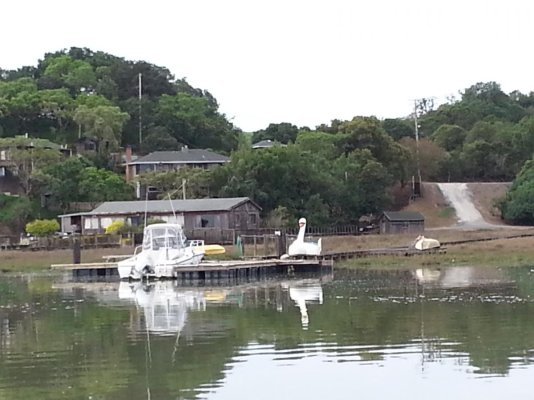Thanks for the responses. We have Navionics on our iPad and a relatively new Garmin Chartplotter and used those. Part of the reason for that destination is having our dogs with us and our elder 10.5 y/o boxer hasn't tackled the dinghy yet, making remote docks a bit more appealing. Who knew about those nukes?!
We actually don't know whether our depth sounder is set at water level or keel depth - next step is to make sure we figure that out. Yes, we could definitely benefit from more instruction - it's a steep learning curve but I'm enjoying the challenge. I'm a repetitive learner, getting some on the first try but the 2nd/3rd time I hear it / do it, it often gels. I like hearing your thought processes. We don't have much intuition and so it feels more dangerous because we don't have a frame of reference. These types of conversations are very helpful!
We actually don't know whether our depth sounder is set at water level or keel depth - next step is to make sure we figure that out. Yes, we could definitely benefit from more instruction - it's a steep learning curve but I'm enjoying the challenge. I'm a repetitive learner, getting some on the first try but the 2nd/3rd time I hear it / do it, it often gels. I like hearing your thought processes. We don't have much intuition and so it feels more dangerous because we don't have a frame of reference. These types of conversations are very helpful!


